|
Centrip Editorial Board
Living in Tune with the Sea, Toba City, Mie

As an island nation, the people of Japan have lived with the sea since ancient times. They understand the ocean and are continuously utilizing its resources without depleting them. One such town that has inherited this way of life continues to develop it. Join us as we introduce Toba City, a city that lives in tune with the sea.
กองบรรณาธิการCentrip
Pearl Road and Toba City Observation Deck
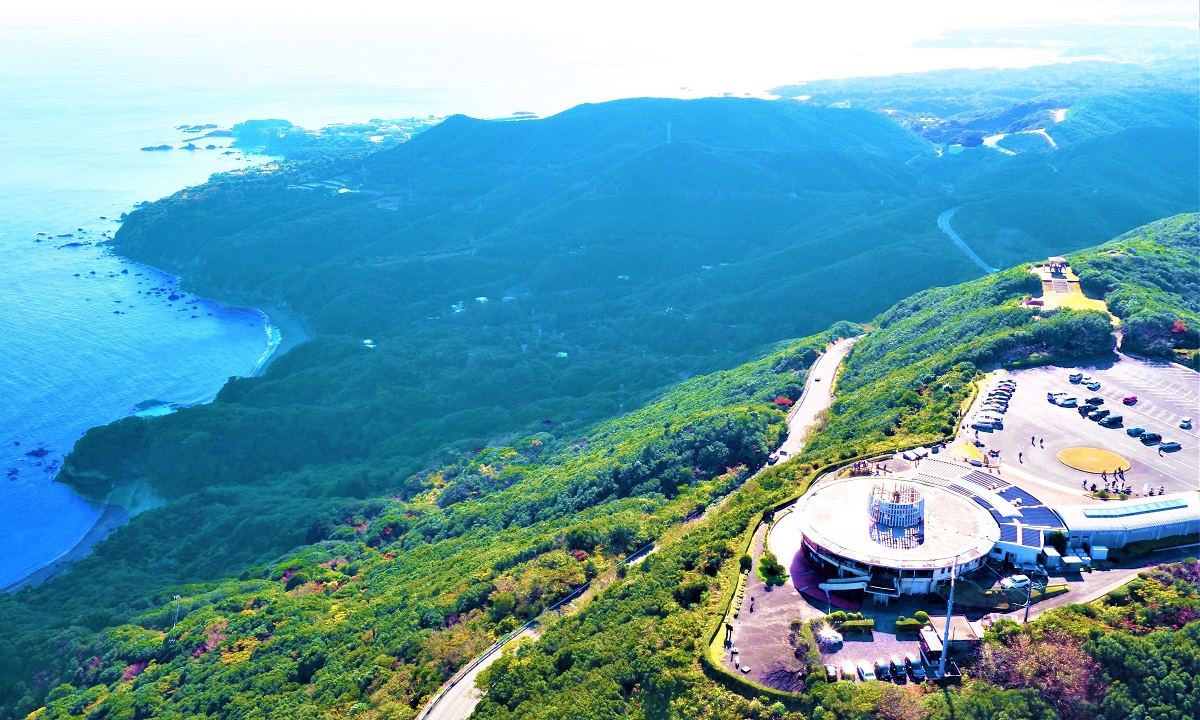
The area is a ria inlet with intricate bays, and the entire city of Toba has been designated as part of Ise-Shima National Park. The unique coastline is visible from Toba Observation Deck near the sea. At Toba Observation Deck (as seen in the photo above) you can take in the ria inlet and the endless horizon, which attracts many tourists on holidays. Toba Observation Deck is located on the Pearl Road, that connects the cities of Toba and Shima, an enjoyable drive on your way to the observation deck.
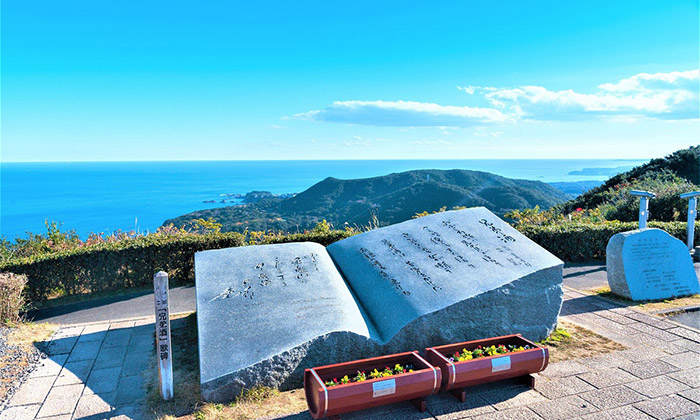 A monument to the horizon and a singer from Toba City
A monument to the horizon and a singer from Toba City
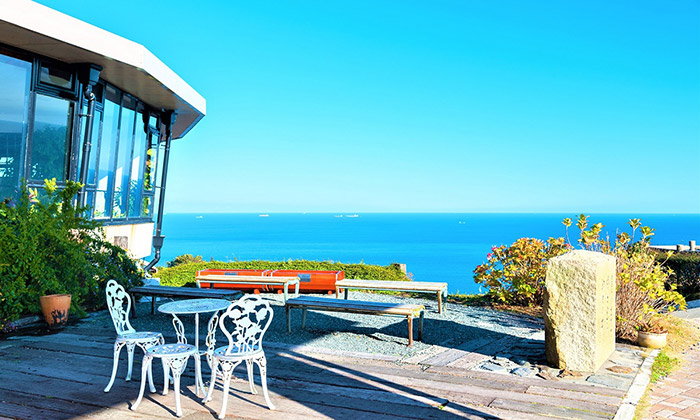 Toba Observatory Restaurant Shokoku Zao and the spectacular view
Toba Observatory Restaurant Shokoku Zao and the spectacular view
Female Diver's Hut Experience
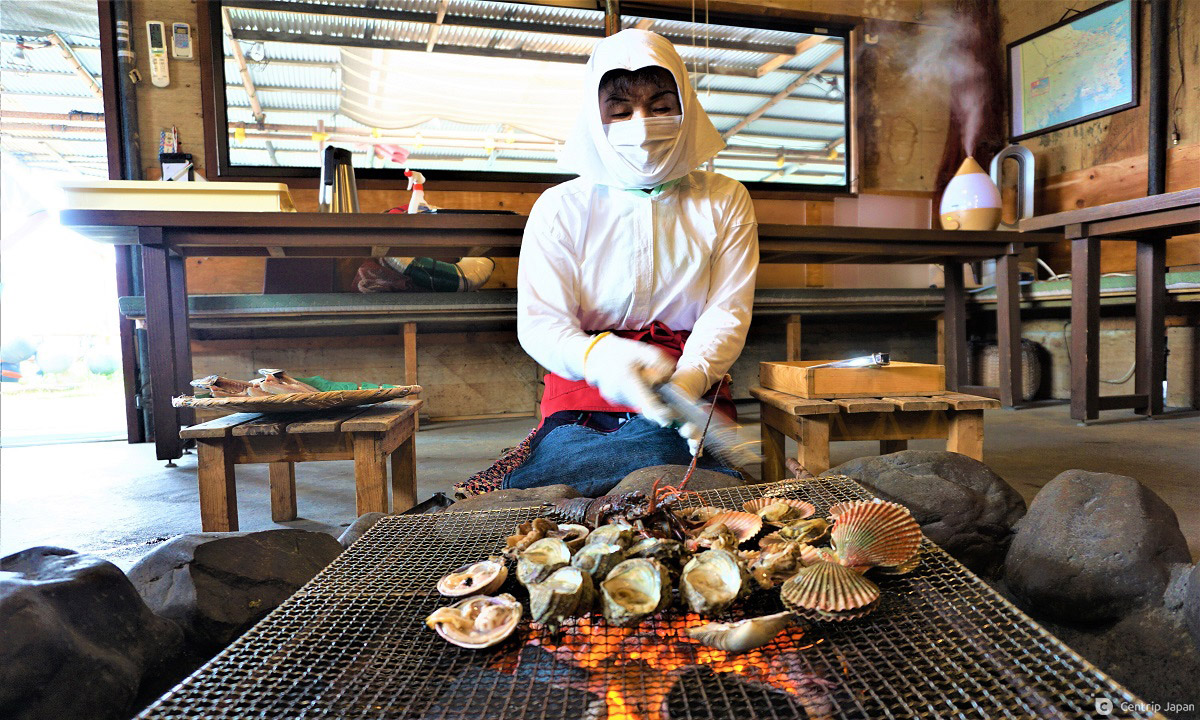
There are many fishing grounds where abalone and turban shells can be caught along the ria inlet, which is a jumble of bays. Since the coast of Toba is also rich in these seafoods, there are people who have been making a living by diving into the sea to catch shellfish and seaweed. These people are called Ama. Toba is famous as an area where many of these Ama are active. The percentage of women who are divers is overwhelmingly high, and according to one theory, it is one of the oldest female occupations in Japan. Here in Toba, there are several facilities called Ama Huts where you can eat seafood caught by divers. We had lunch at Hachiman Kamado, where Ise lobsters, abalone, giant clams, turban shells, and other luxurious seafood were grilled right in front of us.
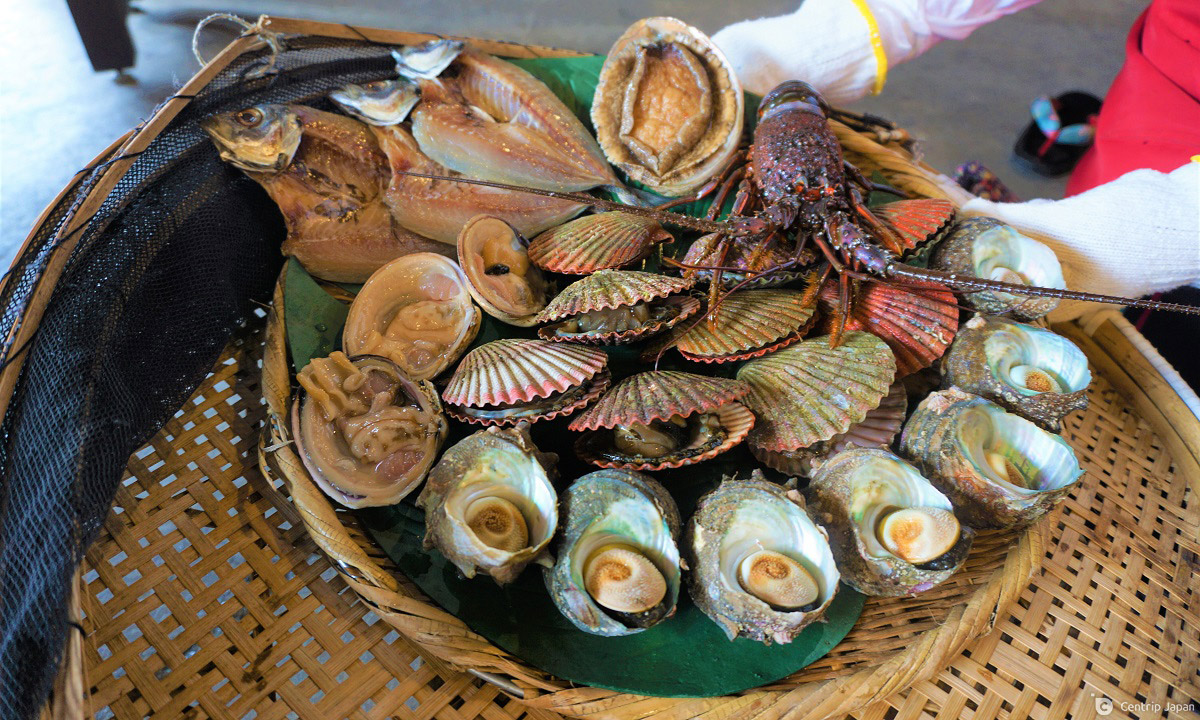 The Luxurious Celebrity Course includes lobsters, abalone, turban shells, giant clams, giant clams and horse mackerels.
The Luxurious Celebrity Course includes lobsters, abalone, turban shells, giant clams, giant clams and horse mackerels.
At Hachiman Kamado, you can listen to the stories of ama divers as you eat your meals. We spoke with Mitsue, a 75-year-old diver who is still working. She talked to us about her daily activities, changes over the decades, and the appeal of being a diver.
Listening to the divers while eating the seafood as it was grilled in front of me was a rare once-in-a-lifetime experience for me.
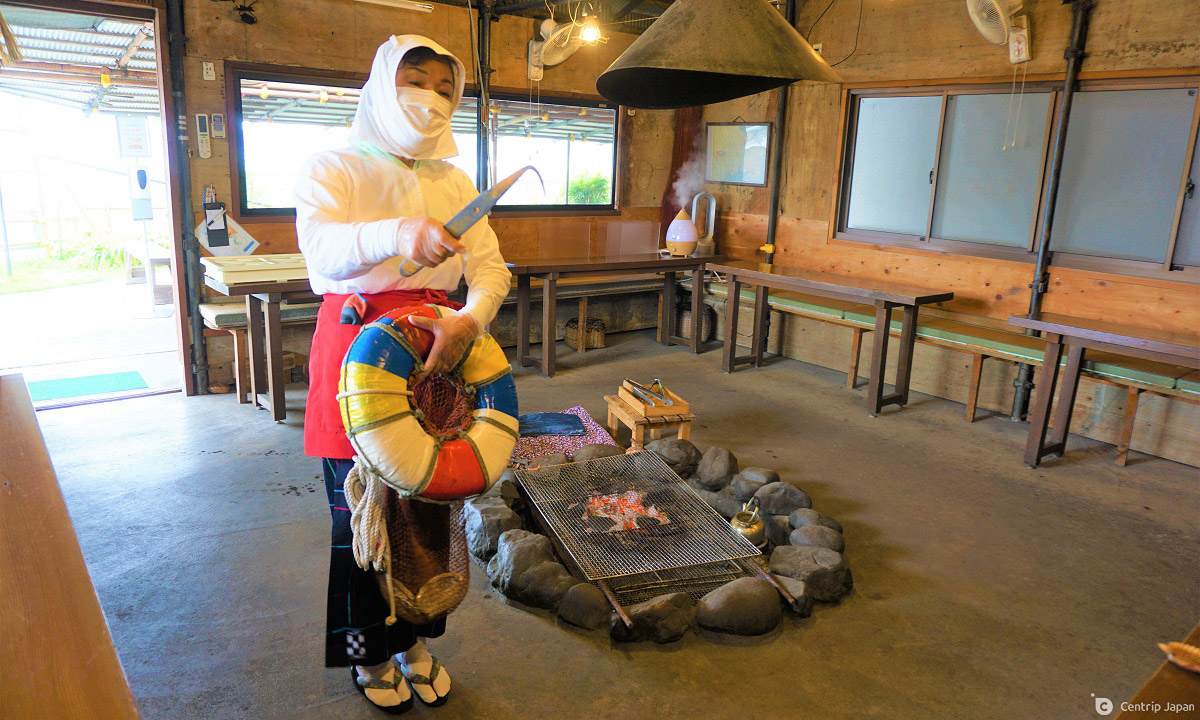 Introduction of Ama diving by Ms. Mitsue
Introduction of Ama diving by Ms. Mitsue
Ishigami-san (Shinmei Shrine)
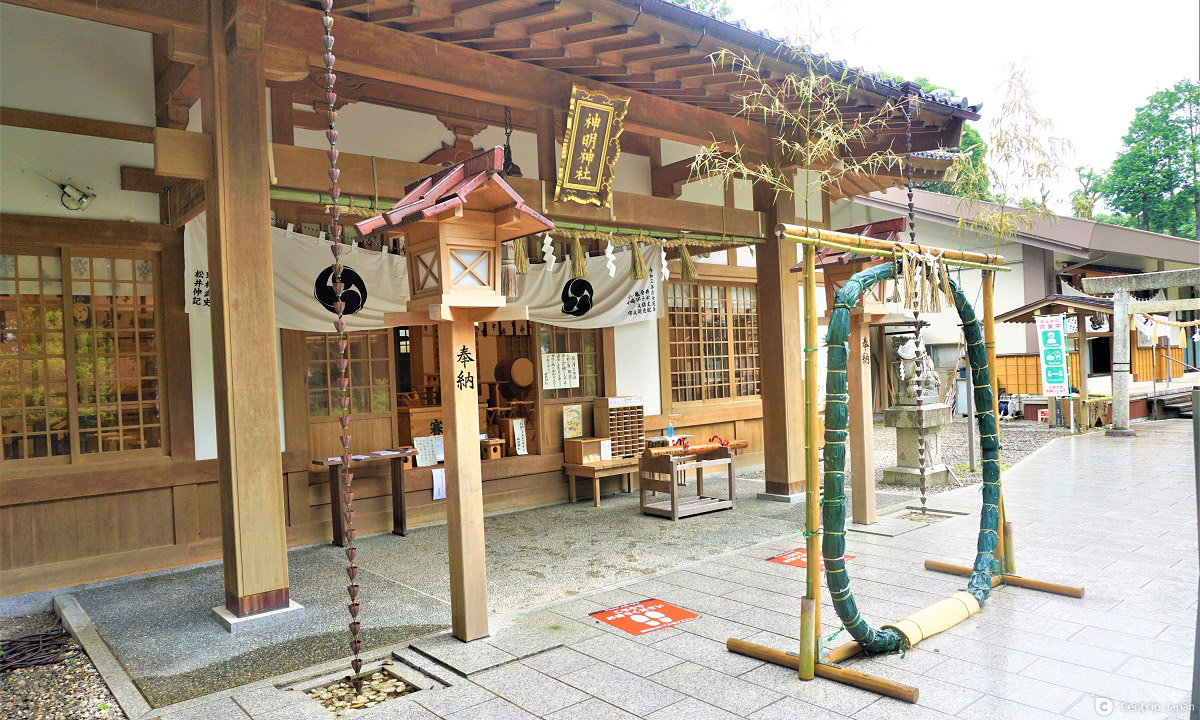
The Japanese believe that gods can be found everywhere, and gods associated with the sea are enshrined in areas where fishing is thriving. On the grounds of Shinmei Shrine in Asako, Toba City, a god called Tamayorihime no Mikoto, daughter of the sea god, is enshrined. She watches over safety at sea, brings about bountiful catches, and is also said to bring prosperity in business and protection from disasters and childbirth. At the start of the fishing season, divers pray to her for safety and hope for a good catch.
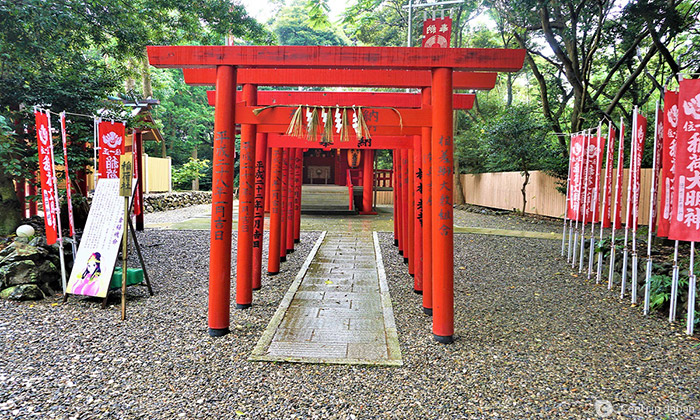 Shinmei Shrine's Torii Gate
Shinmei Shrine's Torii Gate
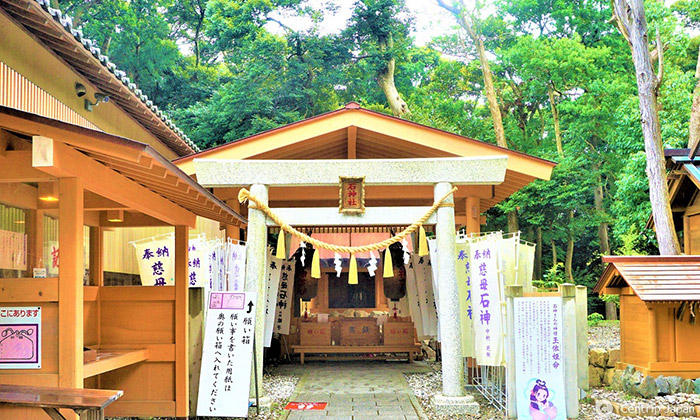 Ishigami-san's Torii Gate
Ishigami-san's Torii Gate
Ama come to Ishigami-san to make wishes, in what is known as a wish-granting ceremony. In modern times it is rumoured that the shrine can fulfill the minimum of one wish per women, prompting many women from all over Japan come and have their wishes granted.
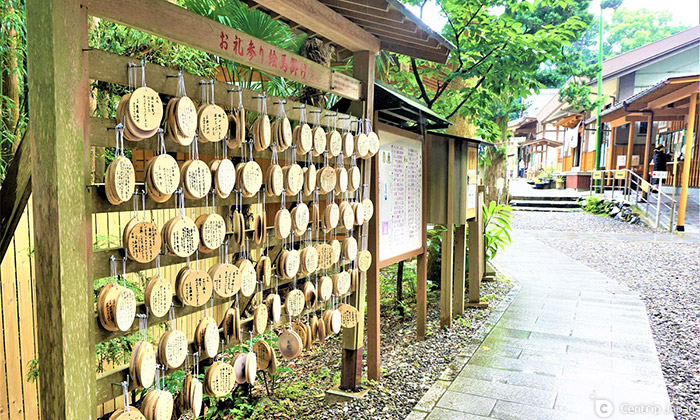 Ema with wishes written on it
Ema with wishes written on it
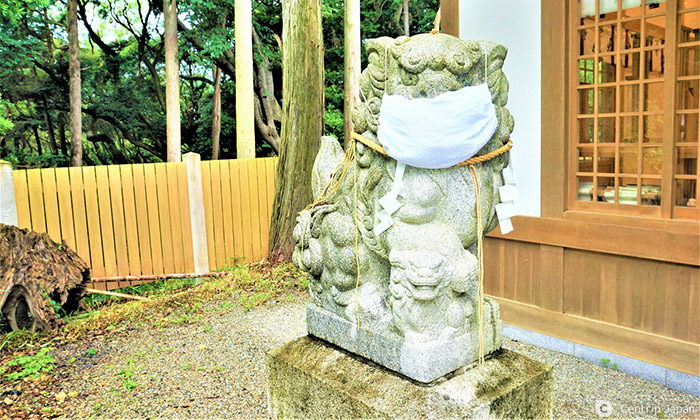 Komainu (guardian dogs) for warding off evil spirits (and infection!)
Komainu (guardian dogs) for warding off evil spirits (and infection!)
Mikimoto Pearl Island

Mikimoto is the originator of cultured pearls and Toba is home to Mikimoto Pearl Island, the world's first pearl cultivation site and world-renowned brand. In the early days of pearl cultivation, ama divers were used but nowadays they are no longer employed to harvest pearls. You can watch demonstrations of how the divers collected pearls at Mikimoto Pearl Island. The photo above shows a pearl necklace that you can see at the museum on Mikimoto Pearl Island. It's beauty is mesmerizing.
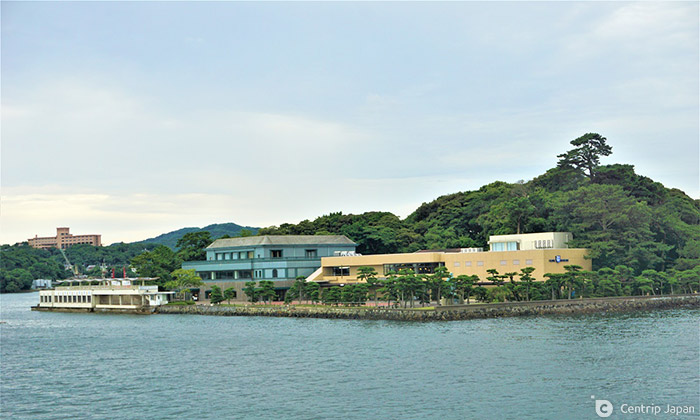 Mikimoto Pearl Island seen from the sea
Mikimoto Pearl Island seen from the sea
 Ama demonstration
Ama demonstration
The museum on Mikimoto Pearl Island teaches the history of Mikimoto pearls and how they are cultured. The process begins with cultivating Akoya oysters, and it takes two years for the oysters to reach an appropriate size, then the pieces that will become the nucleus of the pearl are inserted. After that, the pearls are cultured in the sea for another two years. About 50% of the cultured Akoya oysters fail to produce pearls. Very few of the pearls harvested are of good quality, and only 5% of all pearls are cultured.
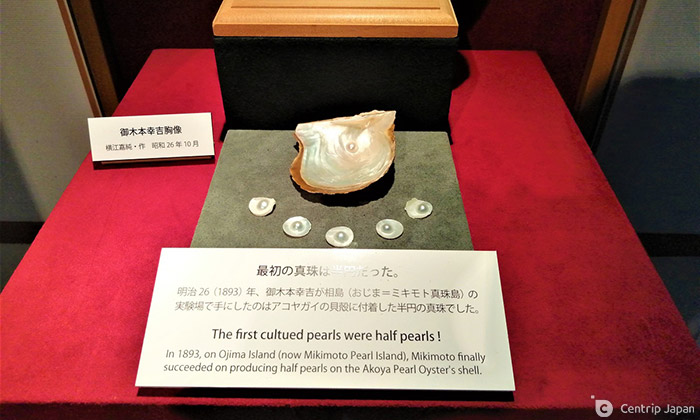 Pearls grown at the beginning of cultivation
Pearls grown at the beginning of cultivation
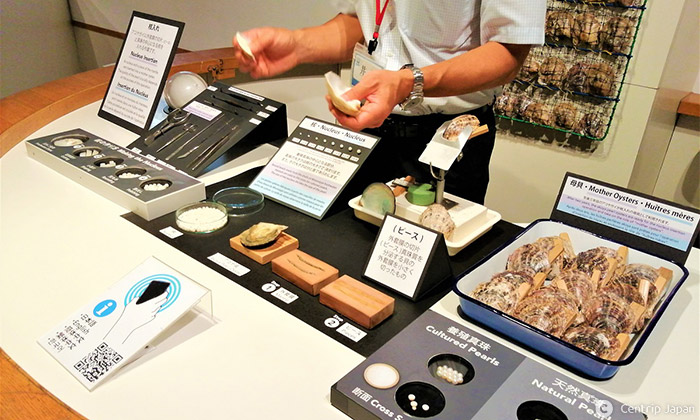 Pearl cultivation explained
Pearl cultivation explained
Pearl production is very difficult, and many exquisite accessories made from the high quality pearls are displayed at the Pearl Museum. The beauty of the pearls along with their delicacy and gorgeousness decoration are breathtaking. This exhibit is a must-see.
At Mikimoto Pearl Island, pearl accessories as well as cosmetics are available.
 Brooch with pearls
Brooch with pearls
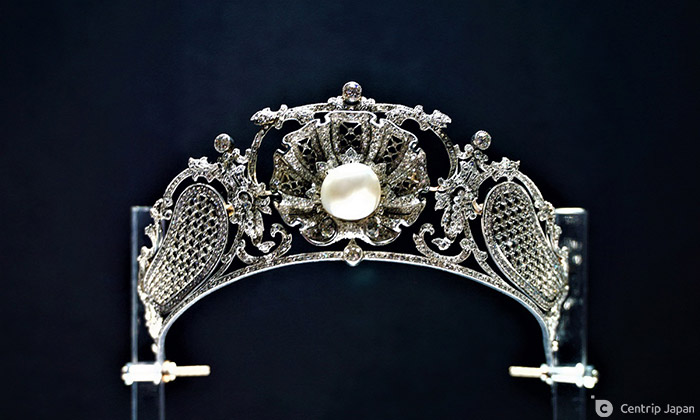 Pearl tiara
Pearl tiara
Toba Aquarium
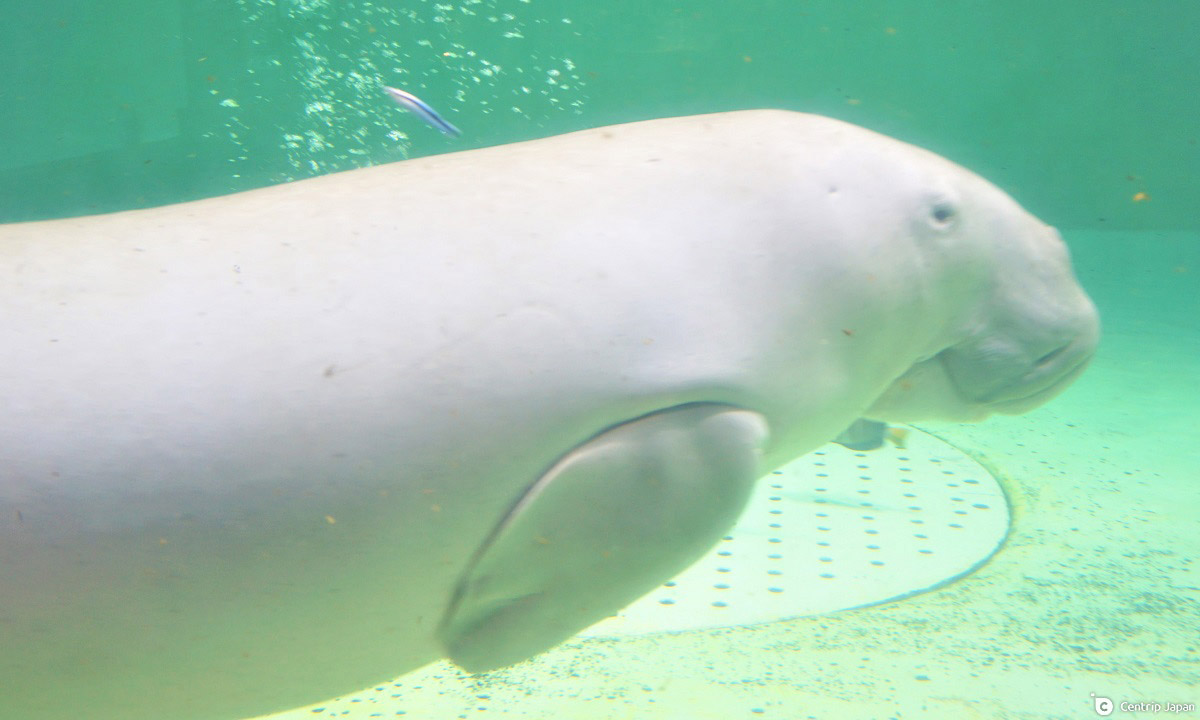
As a result of Toba's relationship with the sea it is home to one of the most famous aquariums in Japan. The Toba Aquarium is home to around 1,200 species of living creatures, the largest number in Japan. It is also famous as the only aquarium in Japan where you can see dugongs (manatee) (the photo above is a dugong).
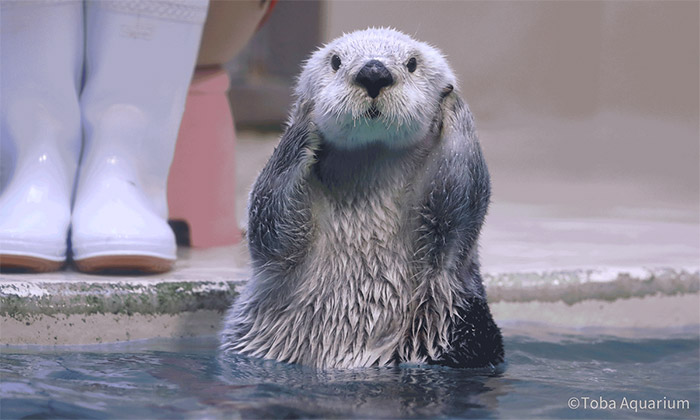 Mei, the sea otter
Mei, the sea otter
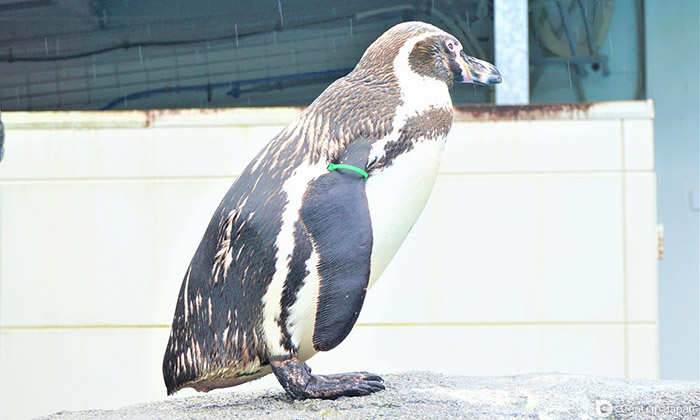 Humbolt Penguin
Humbolt Penguin
In addition to dugongs, the Toba Aquarium is also home to other popular sea life such as sea otters, penguins, and fishing cats, and attracts many visitors every day, including families and couples.
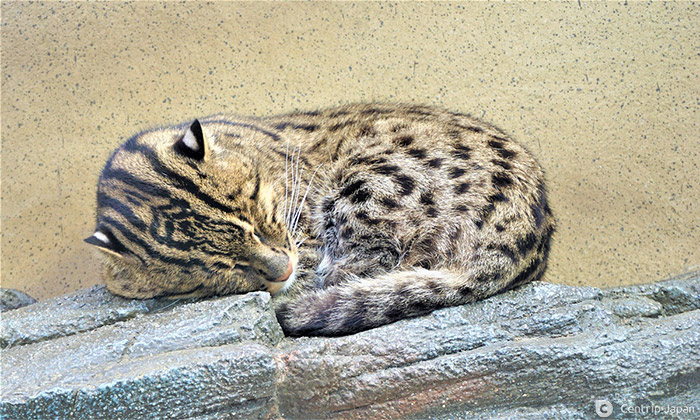 Fishing Cat
Fishing Cat
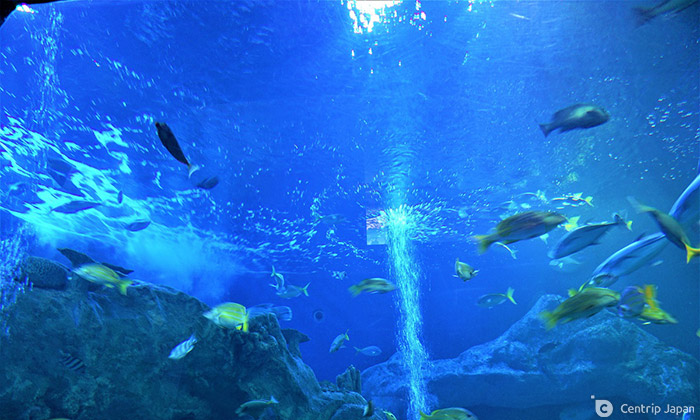 A tank with colorful fish.
A tank with colorful fish.
On YouTube and Twitter, there are daily updates on the marine life so I recommend visiting the Toba Aquarium's sites for healing images of the animals.
YouTube (Japanese): https://www.youtube.com/user/TobasuiChannel
Twitter (Japanese):https://twitter.com/TOBA_AQUARIUM
Tour of Toba Bay and Dolphin Island
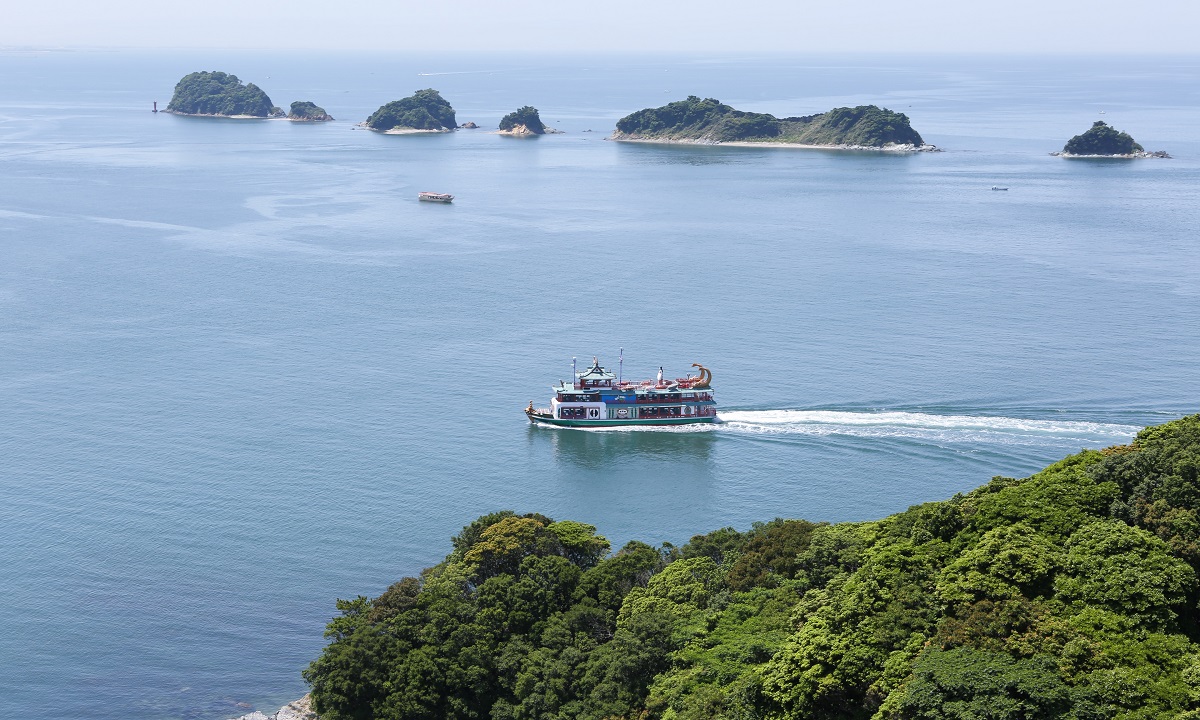
Toba's unique coastline is the foundation of life and culture in Toba City. You can observe the coastline of Toba Bay by sightseeing boat. We took a cruise around the beautiful Toba Bay on a sightseeing boat with the theme of Ryugujo from a Japanese fairytale about the sea. This boat runs on a regular basis, and you can also stop by Dolphin Island, where dolphins and sea lions live nearby. On my next trip, I would love to make time to see the dolphin and sea lion shows at Dolphin Island.
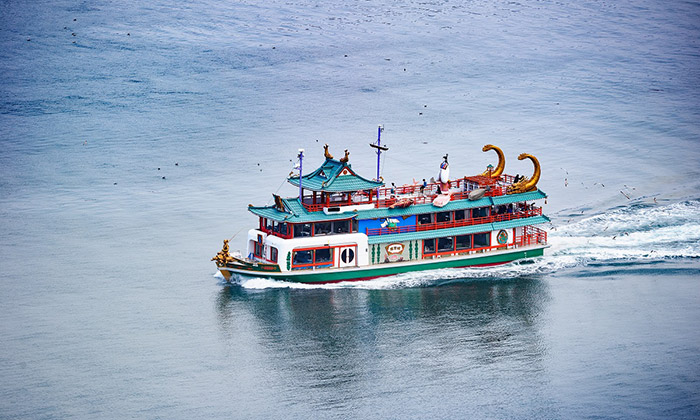 Cruise boat Ryugujo
Cruise boat Ryugujo
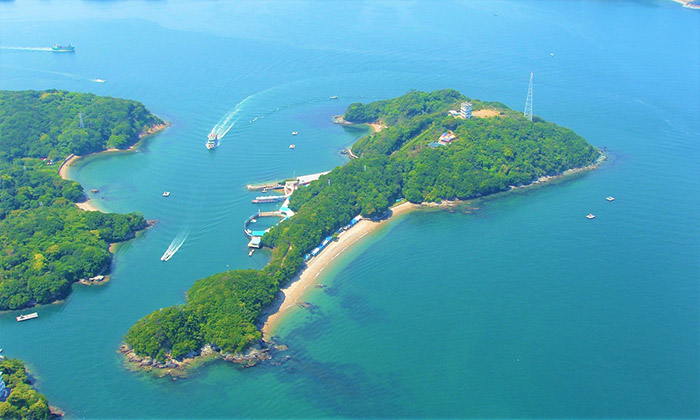 Dolphin Island
Dolphin Island
Toba Marche (Market)

Toba has a long relationship with the sea. When you come here, you will definitely want get your hands on Toba's marine products and local foods as souvenirs. At the Toba Marche near Toba Station (above photo), freshly caught seafood and agricultural products are supplied directly from the producers. Freshly caught fish and vegetables can be enjoyed buffet-style at the adjoining restaurant (Only set meals available as of August 2021, as a measure to prevent spreading COVID19).
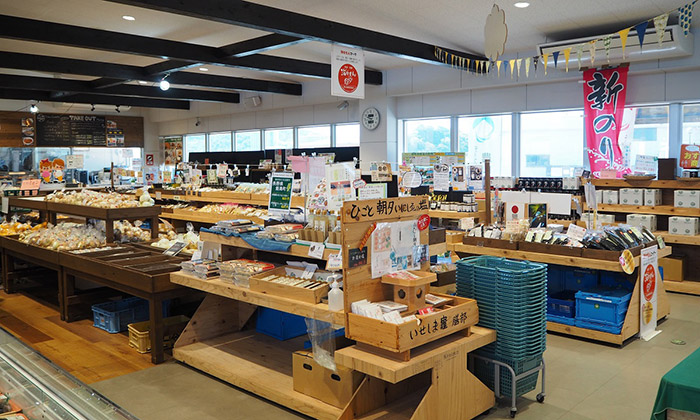 Fresh vegetables in the market
Fresh vegetables in the market
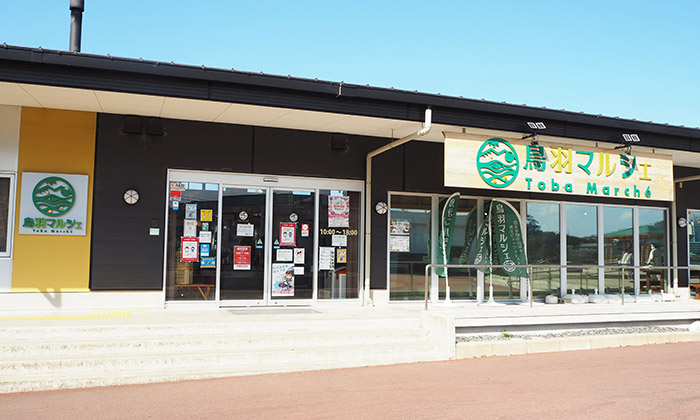 A view of the Market from outside
A view of the Market from outside
The city of Toba grew in relation to the sea, and has a rich history and culture representative of Japan. Toba is also a very attractive tourist destination. Each experience you have in Toba will be etched in your mind.
Click here to get the latest information on Central Japan.Centrip Japan - Nagoya and Chubu Information

